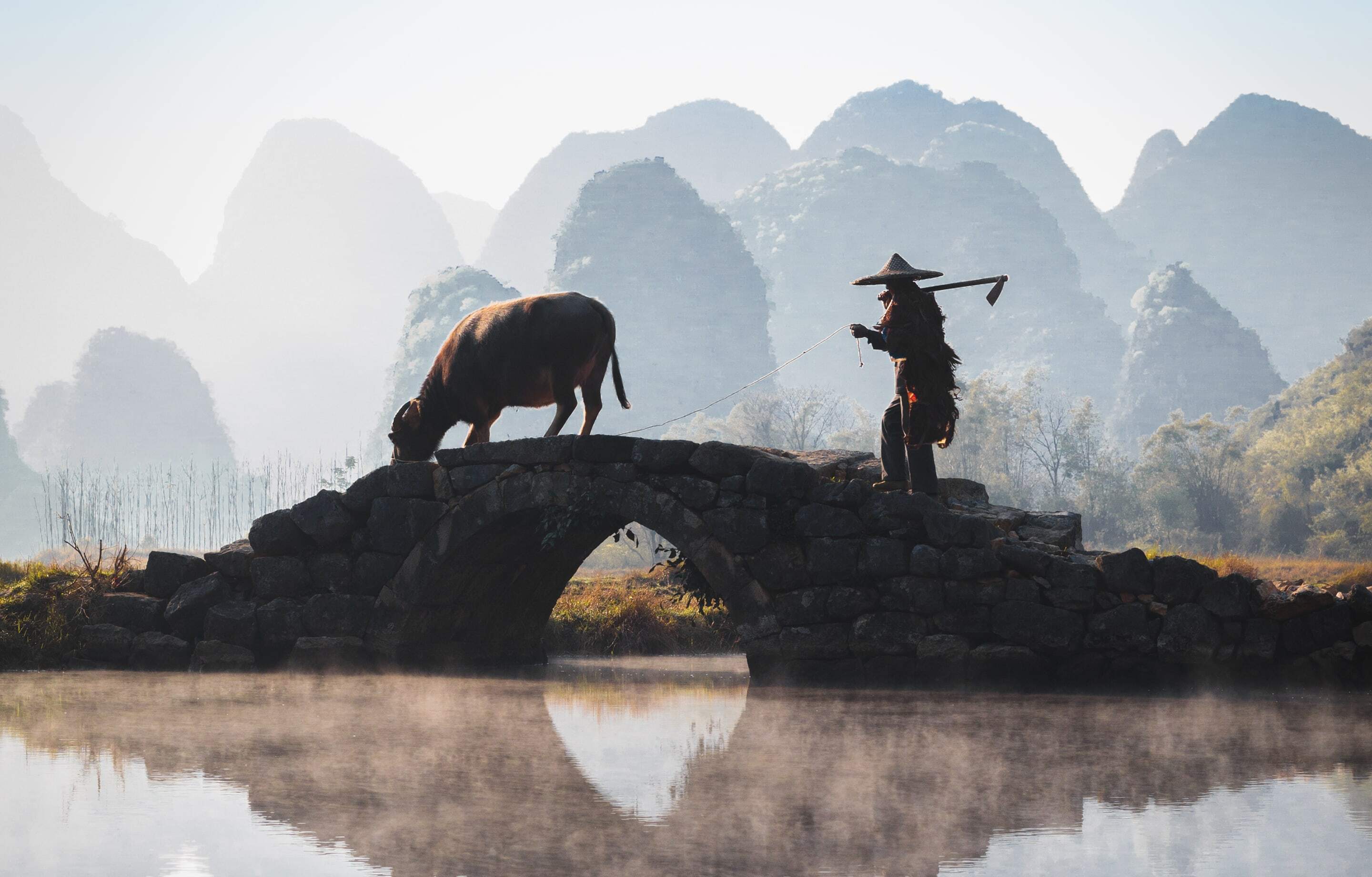- Duration
- 14 days / 13 nights
- Price Per Person
- From $17,500
India is one of the most colorful and enticing destinations in the world. From the Himalayan foothills to the Ranthambore jungle, the beaches of Goa to the backwaters of Kerala – more than 5,000 years of history and vast regional variation combine for unparalleled travel options. It could truly take a lifetime to experience all that India has to offer. Many first-time visits are focused on the riches of Rajasthan, and with good reason – its opulent palace-hotels, ancient forts, safari drives, and proximity to Delhi and Agra, home of the unsurpassed Taj Mahal, make it one of the world’s most compelling destinations.
But just as Cambodia is not merely Siem Reap, nor Indonesia only Bali, India’s allure extends so much farther than the “Golden Triangle.” For repeat visitors or those gazing beyond the beaten path, there is the dynamism of modern Mumbai, the undulating tea fields of Darjeeling, the French colonial charm of Pondicherry, or the wildlife of Assam, to name but a few. Travelers looking to tap India’s ancient traditions of holistic well-being might seek a regimen of physical and spiritual renewal at a luxury Himalayan retreat or a customized yoga program in the leafy suburbs of booming Bangalore.
Explore in-depth information, experiences and highlights by navigating to specific regions using the links below.

With Remote Lands you'll travel with people who have made Asia the solitary focus of their own lifelong adventure. As our guest, you'll discover Asia on a journey that is completely, authentically your own, adapted from our own remarkable experiences and adventures over the years.
Generally, the best time to visit India is between November and March, when it is dry, cooler and sunny (although it can be chilly in the north). For hill stations and the Himalayan north visit in Summer.
Multi-Country Specialists
An Asia-focused magazine brought to you by Remote Lands - a platform for adventure, luxury, and authenticity from experts and explorers around the continent.